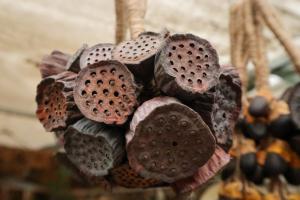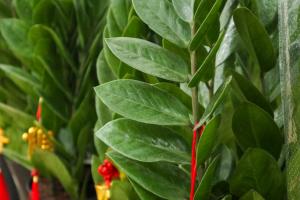When to Plant Douglas Fir Trees
Planting trees is an excellent way to contribute to the environment as it provides various benefits such as reducing carbon footprints, mitigating climate change, and enhancing the overall beauty of the surroundings. Among different tree species, Douglas Fir Trees are the most sought-after trees due to their rapid growth and longevity. However, planting these trees requires careful consideration of the planting techniques and timing.
Understanding Douglas Fir Trees
Douglas Fir Trees are known for their unique features such as soft needles, cone-shaped growth, and brown-colored bark. These trees grow in different climatic zones, but they prefer mild temperatures and adequate rainfall for their growth. In the United States, these trees thrive in the Pacific Northwest region, including Oregon, Washington, and Northern California. They also grow well in moist forests, mountain slopes, and elevations of up to 6,000 feet.
The Best Time to Plant Douglas Fir Trees
When planting Douglas Fir Trees, timing is everything. The ideal time for planting these trees is during the dormant season, typically from late fall to early spring. Planting during this time ensures that the saplings have a good chance at establishing roots, which helps them to survive the hot summer months. Ideally, the best time for planting Douglas Fir Trees is between November and April, depending on the specific climatic conditions of the planting zone.
Preparing the Planting Site
Before planting Douglas Fir Trees, it's essential to prepare the planting site adequately. Clear the area of any grass and weeds to prevent competition for water and nutrients. When digging the hole for the sapling, make sure it's slightly wider than the root ball to accommodate roots that spread out as the tree grows. Additionally, ensure that the hole is deep enough to allow for the tree to be planted at a level similar to that in the pot. Avoid planting the sapling too deep, as this could lead to root rot.
Planting Techniques
When planting Douglas Fir Trees, make sure you follow the appropriate planting techniques to optimize the chances of the sapling's survival. Start by loosening the soil around the planting site to allow for easy root penetration. Then, place the tree in the hole, ensuring that the root ball is slightly higher than the surrounding soil, and backfill with the soil, tamping it down to eliminate air pockets. Once the soil is consolidated, water the tree, saturating the soil thoroughly. Finally, apply a layer of mulch around the tree base to reduce moisture evaporation and weed growth.
Care and Maintenance
To ensure that the Douglas Fir Tree thrives, it's vital to take care of it during and after planting. Young trees require frequent watering, especially during the first year after planting. Make sure you water the trees regularly, especially during dry spells, and avoid over-watering, which can lead to root rot. Additionally, prune young trees regularly to promote shape and reduce overcrowding. Finally, apply fertilizer during the growing season to provide essential nutrients for optimal growth.
Conclusion
The ideal time to plant Douglas Fir Trees is during the dormant season, typically from late fall to early spring. Proper preparation, planting techniques, and care and maintenance are critical for the successful growth and development of these trees. With the right considerations and techniques, planting these trees can be an excellent way to contribute to the environment and enhance the beauty of the surroundings.

 how many times do yo...
how many times do yo... how many planted tre...
how many planted tre... how many pine trees ...
how many pine trees ... how many pecan trees...
how many pecan trees... how many plants comp...
how many plants comp... how many plants can ...
how many plants can ... how many plants and ...
how many plants and ... how many pepper plan...
how many pepper plan...
































